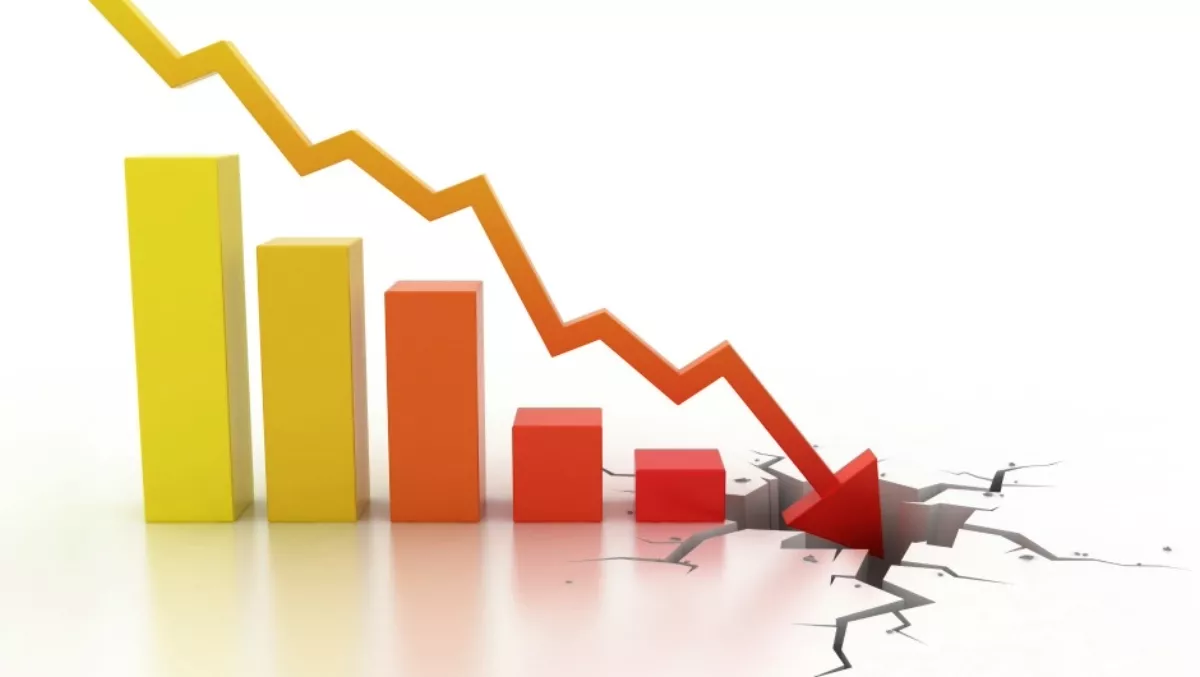
IT spending a casualty of economic uncertainty, says Gartner
Worldwide IT spending is set to drop this year, with analyst firm Gartner forecast a decline of .5% for 2016.
Gartner expects global IT spending to total US$3.49 trillion in 2016, down fro $3.5 trillion over 2015. The figure is down from previous forecasts of 0.5% growth last quarter, a change Gartner says is mainly due to currency fluctuations.
"There is an undercurrent of economic uncertainty that is driving organisations to tighten their belts, and IT spending is one of the casualties," explains John-David Lovelock, research vice president at Gartner.
"At the same time, the need to invest in IT to support digital business is more urgent than ever," he says. "Business leaders know that they need to become digital businesses or face irrelevance in a digital world. To make that happen, leaders are engaging in tough cost optimisation efforts in some areas to fund digital business in others.
"As an example, the savings from legacy system optimisation and enhancements are being redirected to fund digital initiatives. It's about doing more with the same funds," says. Lovelock.
"Typically, less than 10% of organisations are in cost optimisation or cost cutting mode. However, the need to spend on digital business initiatives in a time when revenue growth does not support runaway IT budgets is forcing more organisations to optimise as a first step," he explains.
"Business processes, as well as IT, are undergoing optimisation — digital business requires both. However, many CIOs are reluctant to raise this possibility, given the cultural and political barriers to optimising business costs," Lovelock says.
Lovelock says the most evident results of these optimisation efforts are in the switches in spending between assets and services.
"Most traditional IT now has a 'digital service twin' — license software has cloud software, servers have Infrastructure as a Service, and cellular voice has VoLTE," he says.
"Things that once had to be purchased as an asset can now be delivered as a service. Most digital service twin offerings change the spending pattern from a large upfront payment to a smaller reoccurring monthly amount. This means that the same level of activity has a very different annual spend," he says.
Overall, IT spending results vary greatly by region, according to Gartner's forecast.
The largest region for total IT spend in 2016 remains North America, with US$1.23 trillion. However, the fastest-growing region is Emerging Asia Pacific, with 2016 constant-currency growth of 5.9%.
Overall, the global growth rate for 2016 is virtually unchanged; however, there are a few material changes in the market sector forecasts. China, Brazil, Russia and Western Europe all play prominent roles in the revisions by segment, being responsible for up to 0.2% of the global update, as these countries and regions have had economic expectations worsen in the last six months. However, Lovelock says there are many market-driven changes that are worth paying attention to, as they signal that these markets are in transition.
 According to the forecast, the device market (PCs, ultramobiles, mobile phones, tablets and printers) is forecast to decline 3.7% in 2016. The smartphone market is approaching global saturation, slowing growth. The PC and ultramobile markets are expected to decline.
According to the forecast, the device market (PCs, ultramobiles, mobile phones, tablets and printers) is forecast to decline 3.7% in 2016. The smartphone market is approaching global saturation, slowing growth. The PC and ultramobile markets are expected to decline.
The underlying reasons are a combination of factors and are geography-specific, and the worsening economic conditions in many countries only serve to amplify the impact of these factors. Data Center systems' spending is projected to reach $175 billion in 2016, a 2.1% increase from 2015. This top-level relative stability masks some changes within the segments; enterprise network equipment had a stronger-than-anticipated 2015 as a result of network upgrades, and this is expected to carry on into 2016, Gartner says.
The external-controller-based storage segment continues to suffer from ongoing challenges. In the server segment, demand from hyperscale buyers is expected to reduce in 2016, particularly in regions that are suffering from economic challenges, such as Eurasia. The mainframe refresh, which benefited the market in 2015, is expected to abate in 2016, also inhibiting the overall growth figures. According to the forecast, global enterprise software spending is on pace to total $321 billion, a 4.2% increase from 2015. The operating system forecast has been downgraded, reflecting Gartner's expectation for further delays in the adoption of Windows 10 and Windows Server 2016. However, it is the key emerging markets, particularly Latin America, which face escalating political and economic challenges that are responsible for the slow growth, Lovelock says.
"Organisations in those regions must balance cost cutting with growth opportunities during times of economic concern.


